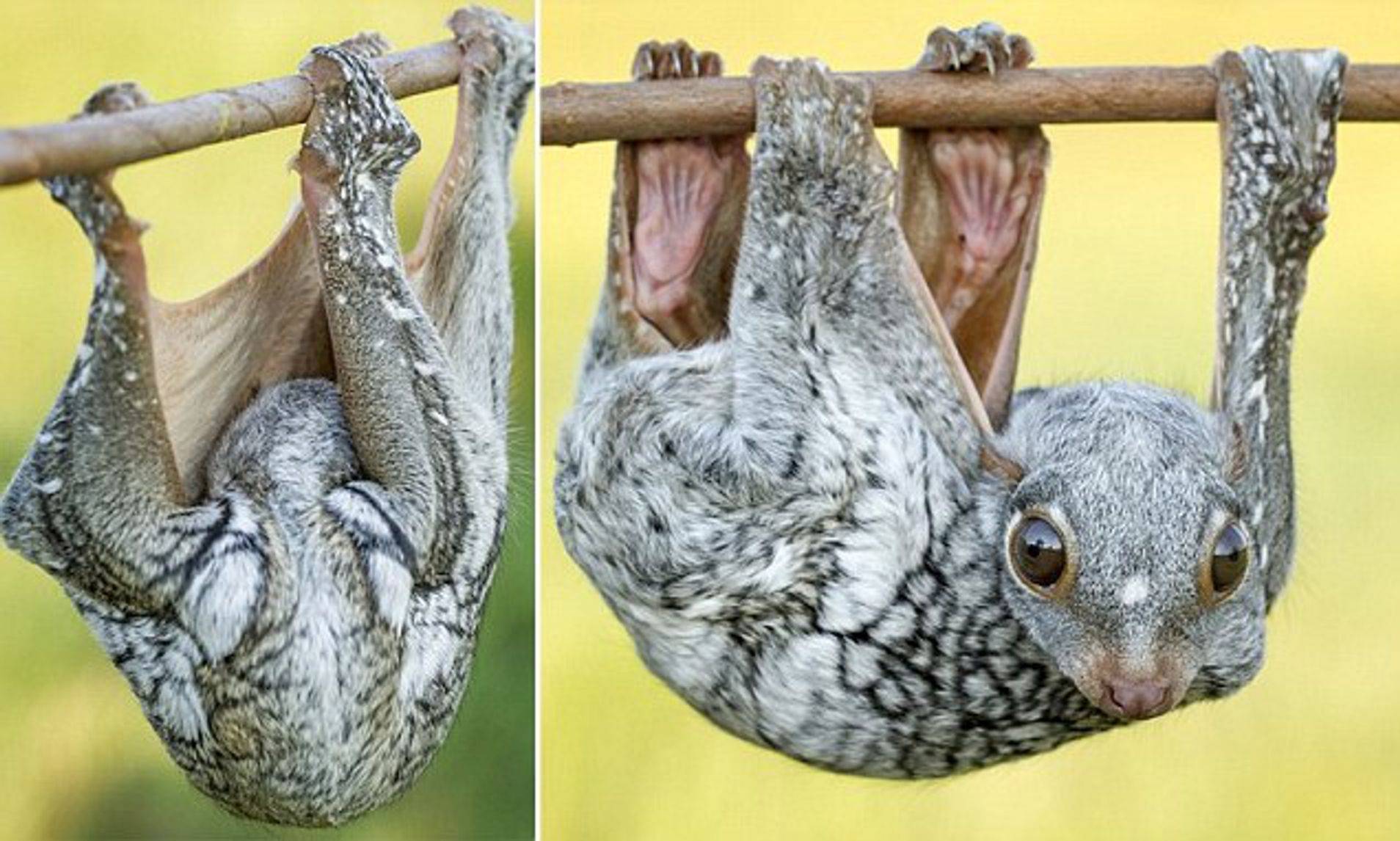Graceful Gliders of the Night Sky
Flying lemurs, scientifically known as colugos or Sunda flying lemurs, are extraordinary creatures that inhabit the rainforests of Southeast Asia. Despite their name, they are not true lemurs and do not possess the ability to fly. Instead, they are remarkable gliders, utilizing their unique adaptations to gracefully navigate the night sky. Let's delve into five intriguing facts about these enigmatic creatures.
1. A Misleading Moniker
Despite their common name, flying lemurs are not lemurs at all. They belong to their own taxonomic family called Cynocephalidae. Their resemblance to lemurs lies in their large, round eyes, but they are more closely related to primates like apes and humans. The name "flying lemur" likely originated from their membranous wings, which extend from their limbs and allow them to glide.
2. Masters of Nocturnal Navigation Flying lemurs are primarily nocturnal creatures, taking full advantage of the cover of darkness to search for food and avoid predators. As twilight descends, they emerge from their tree hollows to feast on leaves, flowers, and fruits. Their large eyes are well-adapted for low light conditions, aiding them in their nighttime navigation through dense rainforest canopies.
3. Glide and Grace The most captivating aspect of flying lemurs is their astonishing gliding ability. Stretching from their wrists down to their ankles is a patagium, a stretch of skin that acts like a parachute. With a gentle leap from a tree, they spread their limbs wide, and the patagium unfurls into a sail-like structure, allowing them to glide distances of up to 150 feet. Their agility and skill in mid-air maneuvers are nothing short of breathtaking.
4. Social Yet Solitary Flying lemurs are typically solitary animals, only coming together during the breeding season. They communicate through various vocalizations, including soft calls and chirps. Despite their solitary nature, they have been observed displaying a degree of social behavior, such as sharing sleeping sites and interacting with other flying lemurs in their vicinity.
5. Conservation Concerns The survival of these enchanting creatures is currently threatened due to habitat loss caused by deforestation and human encroachment. As their rainforest homes are cleared for agriculture and urbanization, their populations are declining. Efforts are being made to protect their habitats and raise awareness about their conservation status. By understanding their vital role in the ecosystem as pollinators and seed dispersers, we can work towards ensuring their continued existence.
In conclusion, flying lemurs might not possess the ability to truly fly, but their gliding prowess and nocturnal lifestyle make them captivating subjects of study. As they gracefully glide through the rainforest, these creatures remind us of the beauty and complexity of the natural world, urging us to appreciate and protect it for generations to come.



No comments yet
Be the first to share your thoughts!